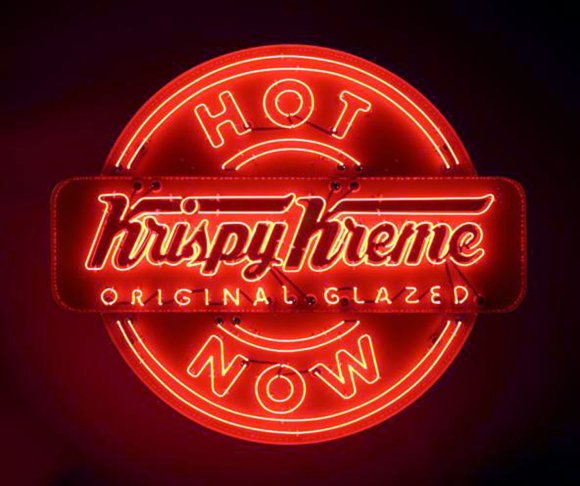Ben and Jerry’s was founded by Ben Cohen and Jerry Greenfield in an old gas station in Burlington, Vermont in 1978. Today, Ben and Jerry’s is the leading super premium all-natural ice cream in the country. It grew from one small shop into a global brand. Ben and Jerry’s was purchased by Unilever in 2001. Ben and Jerry’s Ice Cream is known for their rich taste and eclectic variety of flavors and names, including “Cherry Garcia”, “Chocolate Therapy” and “Chubby Hubby”. The brand has a fun-loving outgoing personality. Its eye-catching packaging does a great job communicating the personality of the brand.
Since its beginning, the brand has stuck to its beliefs and principles of giving back to society. For years, the company has used ice cream flavors like “Berry Volunteer” to promote good deeds and to encourage employees to volunteer to give back to the community. The company contributes 7.5% of annual pre-tax profit to fund community oriented projects. Ben and Jerry’s worked with sustainable, Fair Trade Certified and organic suppliers, paid premium prices to dairy farmers from Vermont who did not give their cows growth hormones; and created business opportunities for depressed areas and disadvantaged people.
Ben & Jerry’s is founded on and dedicated to a sustainable corporate concept of linked prosperity. Their mission consists of 3 interrelated parts:
Social Mission: To operate the Company in a way that actively recognizes the central role that business plays in society by initiating innovative ways to improve the quality of life locally, nationally and internationally.
Product Mission: To make, distribute and sell the finest quality all natural ice cream and euphoric concoctions with a continued commitment to incorporating wholesome, natural ingredients and promoting business practices that respect the Earth and the Environment.
Economic Mission: To operate the Company on a sustainable financial basis of profitable growth, increasing value for our stakeholders and expanding opportunities for development and career growth for our employees.
Ben and Jerry’s is a great story and model of a profitable company that markets a great product, has built a successful global brand, and has had a positive impact on society.
Free Cone Day is on April 9th. This tradition started in 1979 when Ben and Jerry celebrated their first year of business. They wanted to thank everyone in the best way they know how: with free ice cream.
What is your favorite flavor of Ben and Jerry’s Ice Cream?











